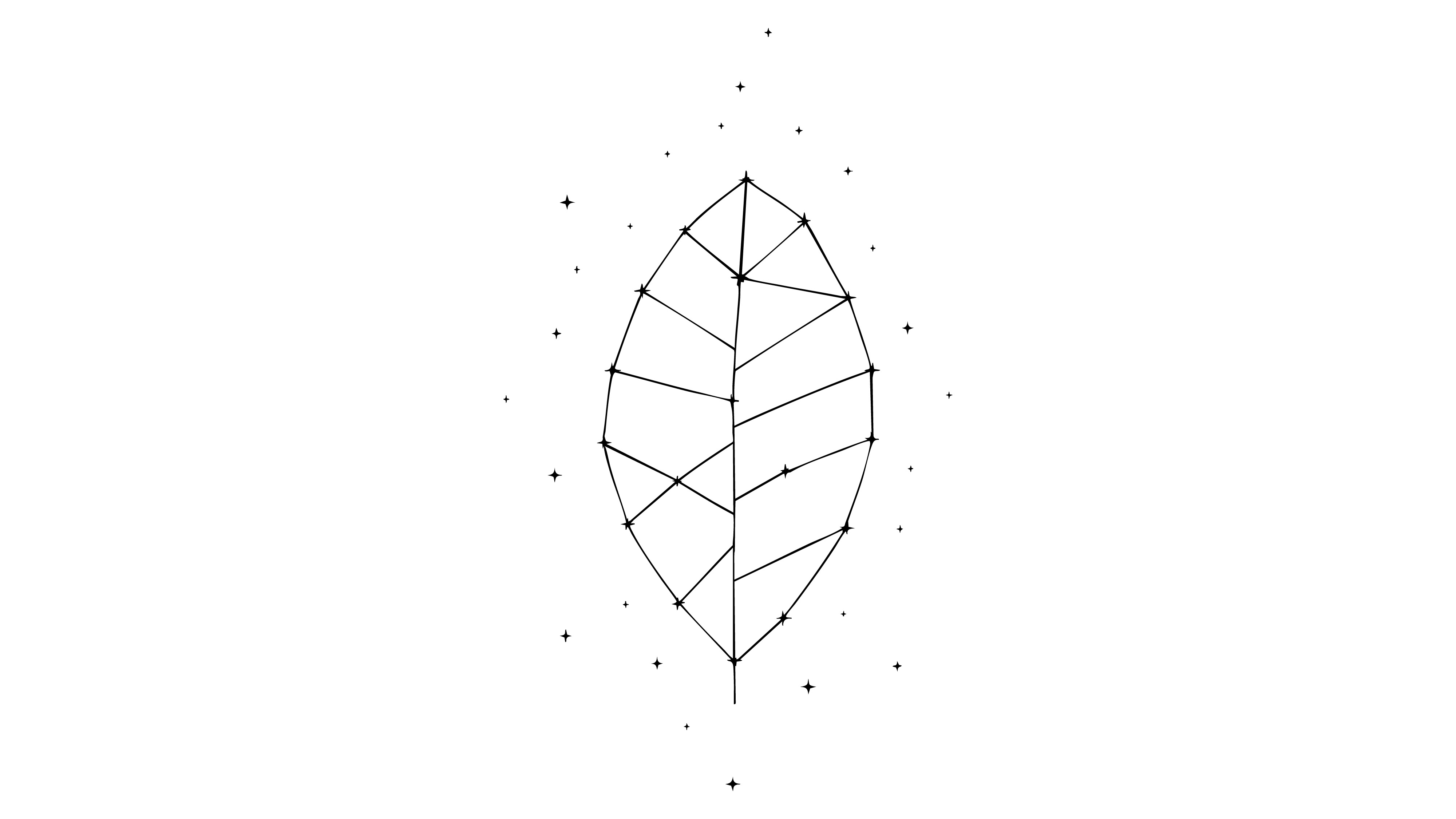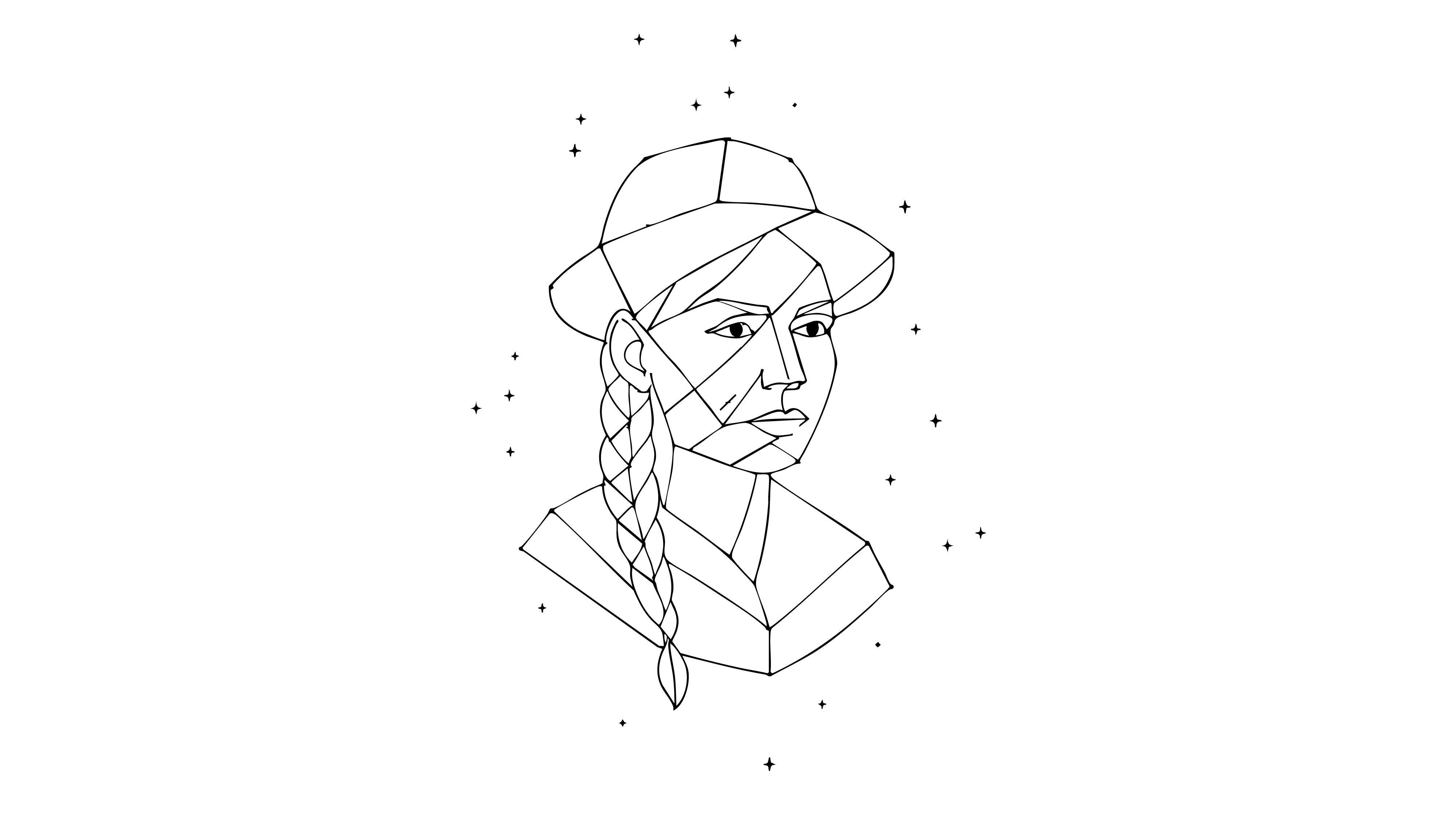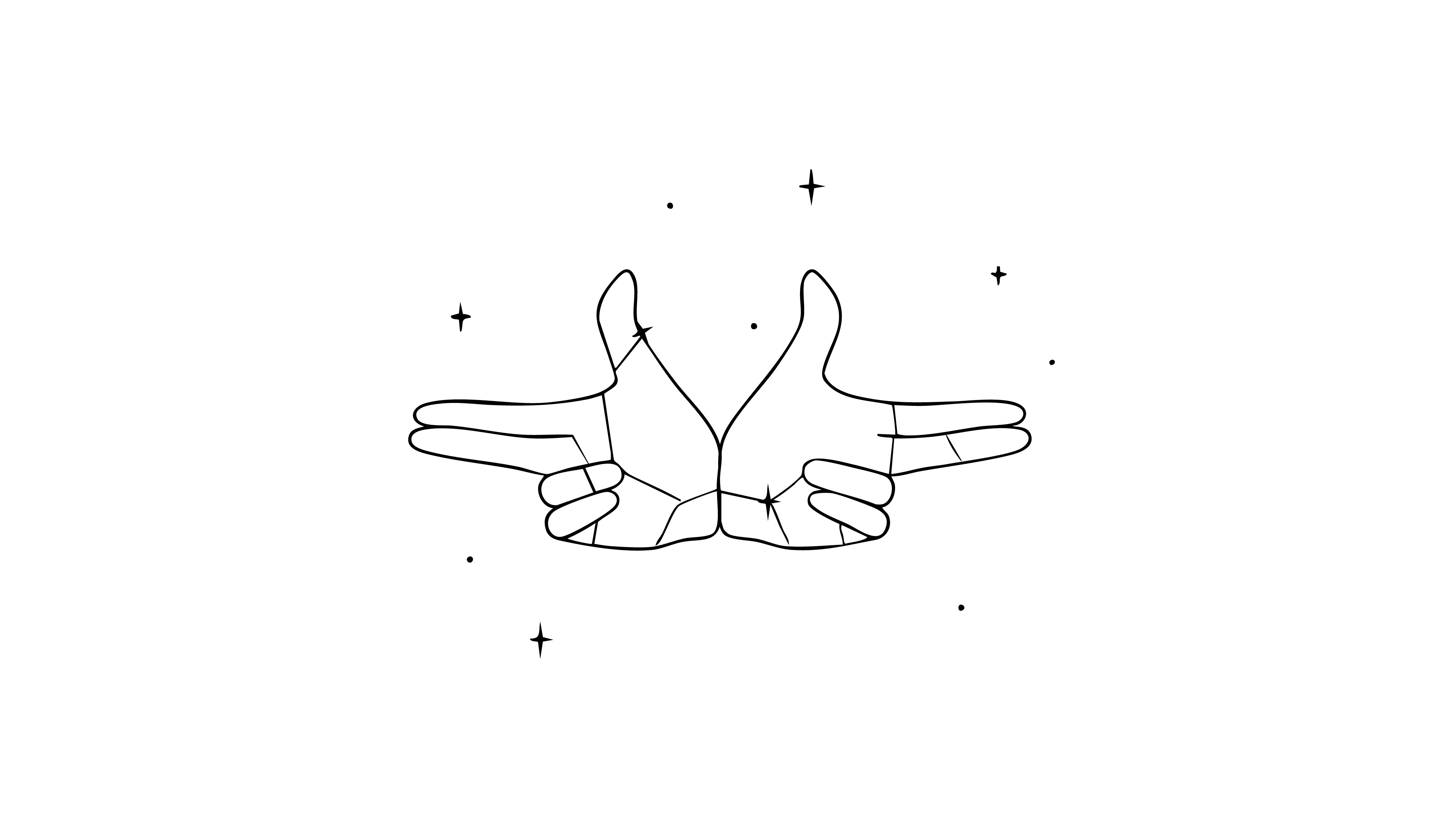Projects in Constellation
The projects Sanaduría, Warmikuna and Poetics of Disarmed Arts enter into dialogue with one another and around practices of mediation and conflict transformation. Each, in its own words, speaks of fragmented lives, emptied territories, broken relations. Yet each also tells stories of the reweaving of meaning and of the hope for the opening of possibilities.
Sanaduría

Sanaduría is a word formed from curaduría (curatorship) andsanación (healing). It means healing experiences of pain and despair, and caring for collaborative work. The curatorial process sought to select and organise concepts and practices of peace proposed by members of Indigenous peoples and survivors of the Colombian armed conflict, in order to imagine richer and more complex meanings.Video: Peace must not be sought, it must be lived.
Juntanza
Juntanza is the movement that brings us to encounter and recognise others. This movement is not spontaneous, nor does it occur in haste: it requires sitting alongside one another and learning to listen. It is persistent work, an invitation to imagine futures shaped by the effort of coexistence. It is the beginning of a path strewn with difficulties, but one that offers the possibility of healing wounds and dreaming of possible futures.Video: Juntanza by Albeiro
Opening Paths
To gather together is to open new paths where violence, anger or despair would otherwise raise dead ends. Opening a path means transforming oneself: entering into relation with new territories, new people. Peace is never a fixed state: it is relational, unfinished, imperfect. To open paths is to believe that there are always ways of transforming conflict, even in the midst of the harshest or darkest situations.Video: Abrir Camino
Cooling or Softening Words
Cooling or softening words means calming conflict. It is not a rhetorical trick nor a clever strategy to deceive an opponent. It is a way of easing tensions so as to better understand the situation. This kind of speech is performative: it acts. It does not remain at the level of declarations of commitment, but unfolds in gestures, practices and concrete transformations.Video: Words as Weaving of Resistance
Mediating to Cultivate
To mediate in order to cultivate, or pa’labrar – mediating words – is the art of transforming an explosive situation into a space where differences can be heard, where a conscious discussion emerges from each person’s concerns. Mediation is not only about calming tensions: it is also a gesture that sows the seeds of future coexistence, through rituals in which plants, substances, songs and dances take part. To mediate is to coexist with dissensus, and to assume responsibility for futures that do not depend on eliminating others.Video: PalabraSemilla
Weaving the Community
To weave the community is to welcome the many threads of which we are made. We are plural and different, yet this diversity prevents neither dialogue nor recognition. In this weaving, peaces are invented as relational bonds, spun through the ties that connect us.
Dancing Memory
To dance memory, during festivals and carnivals, is to reclaim spaces scarred by violence and terror and transform them into places where life is affirmed. Memory, like dance, is never static: it is movement, an energy capable of opening breaches in silence and making marginalised stories perceptible and audible. Carnival and festivity, like memory itself, are renewed each time they are enacted, inviting the participation of all as acts of liberation and re appropriation of space.
Juntanza
Juntanza is the movement that brings us to encounter and recognise others. This movement is not spontaneous, nor does it occur in haste: it requires sitting alongside one another and learning to listen. It is persistent work, an invitation to imagine futures shaped by the effort of coexistence. It is the beginning of a path strewn with difficulties, but one that offers the possibility of healing wounds and dreaming of possible futures.Video: Juntanza by Albeiro
Opening Paths
To gather together is to open new paths where violence, anger or despair would otherwise raise dead ends. Opening a path means transforming oneself: entering into relation with new territories, new people. Peace is never a fixed state: it is relational, unfinished, imperfect. To open paths is to believe that there are always ways of transforming conflict, even in the midst of the harshest or darkest situations.Video: Abrir Camino
Cooling or Softening Words
Cooling or softening words means calming conflict. It is not a rhetorical trick nor a clever strategy to deceive an opponent. It is a way of easing tensions so as to better understand the situation. This kind of speech is performative: it acts. It does not remain at the level of declarations of commitment, but unfolds in gestures, practices and concrete transformations.Video: Words as Weaving of Resistance
Mediating to Cultivate
To mediate in order to cultivate, or pa’labrar – mediating words – is the art of transforming an explosive situation into a space where differences can be heard, where a conscious discussion emerges from each person’s concerns. Mediation is not only about calming tensions: it is also a gesture that sows the seeds of future coexistence, through rituals in which plants, substances, songs and dances take part. To mediate is to coexist with dissensus, and to assume responsibility for futures that do not depend on eliminating others.Video: PalabraSemilla
Weaving the Community
To weave the community is to welcome the many threads of which we are made. We are plural and different, yet this diversity prevents neither dialogue nor recognition. In this weaving, peaces are invented as relational bonds, spun through the ties that connect us.
Dancing Memory
To dance memory, during festivals and carnivals, is to reclaim spaces scarred by violence and terror and transform them into places where life is affirmed. Memory, like dance, is never static: it is movement, an energy capable of opening breaches in silence and making marginalised stories perceptible and audible. Carnival and festivity, like memory itself, are renewed each time they are enacted, inviting the participation of all as acts of liberation and re appropriation of space.
Warmikuna

Warmikuna is a Quechua word that means womean. Women's voices are the central axis of this project that addresses memory and peace construction through songs, poems, embroidery, and the creation of a virtual exhibition that documents the work of the Asociación Nacional de Familiares de Secuestrados Detenidos y Desaparecidos del Perú (ANFASEP). The work methodology was guided by principles of Ñañaykunawan –with my sisters– and Sunqumanta Ayllupaq –from inside to the community.
Singing to tell
This is a collection of songs in Quechua that have been recorded over three years of collective work with the ANFASEP Association. These songs account for the individual and collective life trajectories of the members, their grieving processes, their demands and their victories. Chants and songs to address the unspeakable. Song, collective listening, and healing.
Song: Papelchallaytam apamuyki (I just brought my documents) by Antonia Rodríguez de Enciso.
Song: Verdadta munaspa justiciallata (We want truth and justice) by Lidia Flores de Huamán.
Song: Kuyay wawallay (My beloved son) by Natividad Barzola Prado.
Purichkanchik
This is a photographic archive from different fieldwork carried out between 2017 and 2022 that portrays stories of the armed conflict in Peru and ANFASEP's organisational process.
Dialogue between songs and photographs
Yuyaninchikpi
These are words and poems from testimonies in Quechua translated into Spanish and French.
The quest
Trintay sinku añusmantam Huyada wayqupi tarirqamuni.
Trintay sinku añusmantam Huyada pampapi tarirqamuni.
After thirty-five years I found him in the gorge of Hoyada
After thirty-five years I found him at the pampa of Hoyada
"Kuka kintucha"
By: Natividad Barzola Prado
The struggle
1984ta sipillawachkanchik.
1985ta tukullawachkanchik.
Llaqtamasiykuna hatarillasunchik! Pwiblu masiykuna sayarillasunchik!
Dirichullanchikta maskallasunchik! (kutiy).
They were killing us in 1984. They were finishing us off in 1985. Together, let us rise up! Together, let us rebel! Let us fight for our rights! By: "Pichiwchalla" - Paula Aguilar Yucra.
Hope
Anfasepnallaqa nunka chinkanqachu.
Anfasepnallaqa nunka wañunqachu.
Wawanpas churinpas puririllachkanqa.
Willkanpas churinpas maskarillachkanqa.
The women of ANFASEP will never disappear. The ANFASEP association will never die. Their children will continue to walk. Their children and grandchildren will continue to search for their families.
By: "Verdadta munaspa justiciallata" – Lidia Flores
Embroidery
Integration of embroidery as visual narrative.
Singing to tell
This is a collection of songs in Quechua that have been recorded over three years of collective work with the ANFASEP Association. These songs account for the individual and collective life trajectories of the members, their grieving processes, their demands and their victories. Chants and songs to address the unspeakable. Song, collective listening, and healing.
Song: Papelchallaytam apamuyki (I just brought my documents) by Antonia Rodríguez de Enciso.
Song: Verdadta munaspa justiciallata (We want truth and justice) by Lidia Flores de Huamán.
Song: Kuyay wawallay (My beloved son) by Natividad Barzola Prado.
Purichkanchik
This is a photographic archive from different fieldwork carried out between 2017 and 2022 that portrays stories of the armed conflict in Peru and ANFASEP's organisational process.
Dialogue between songs and photographs
Yuyaninchikpi
These are words and poems from testimonies in Quechua translated into Spanish and French.
The quest
Trintay sinku añusmantam Huyada wayqupi tarirqamuni.
Trintay sinku añusmantam Huyada pampapi tarirqamuni.
After thirty-five years I found him in the gorge of Hoyada
After thirty-five years I found him at the pampa of Hoyada
"Kuka kintucha"
By: Natividad Barzola Prado
The struggle
1984ta sipillawachkanchik.
1985ta tukullawachkanchik.
Llaqtamasiykuna hatarillasunchik! Pwiblu masiykuna sayarillasunchik!
Dirichullanchikta maskallasunchik! (kutiy).
They were killing us in 1984. They were finishing us off in 1985. Together, let us rise up! Together, let us rebel! Let us fight for our rights! By: "Pichiwchalla" - Paula Aguilar Yucra.
Hope
Anfasepnallaqa nunka chinkanqachu.
Anfasepnallaqa nunka wañunqachu.
Wawanpas churinpas puririllachkanqa.
Willkanpas churinpas maskarillachkanqa.
The women of ANFASEP will never disappear. The ANFASEP association will never die. Their children will continue to walk. Their children and grandchildren will continue to search for their families.
By: "Verdadta munaspa justiciallata" – Lidia Flores
Embroidery
Integration of embroidery as visual narrative.
Poetry Of The Disarmed Arts

The border between Colombia and Venezuela is known for high temperatures and the diversity of armed groups. It has become a place where border realities contrast and are simultaneously intertwined, between life and death, in a unique complexity.
Along migratory routes, in hostels, in support centres for victims of violence, in refugee camps and other spaces, portraits of people were made, layered with summaries of their stories. These formats highlight the intimacy of life journeys, illustrating the most important moments that emerged during interviews.
Diving into the universe of caricature and Haiku means jumping into a world of volatile, confused meanings, often tinged with irony and leading to uncertainty and even a lack of meaning. It involves creating scenes that allow us to make sense of feelings of despair, emptiness, or grief. It is a wager on how to illustrate the value of today’s memories through forms that are neither literal nor exemplary: a weaponless empathy, reproducible and easily disseminated.
In environments marked by violence, creating a light atmosphere provides the opportunity to address difficult problems with vulnerable communities without succumbing to their gravity and avoiding prolonged emotional burdens. This brings these problems to light without overdetermining people's sense of identity and emotiveness. These proposals encourage a more accessible and less formal communication style, avoiding elitism and resonating with a broader audience interested in exploring diverse themes and subjectivities.
One of the comics, La joda: Una caricatura etnográfica del humor de los migrantes venezolanos, explores how Venezuelan migrants express funniness when speaking about their migratory trajectory and reveals the methodological importance of humour and comics in ethnographic research. This project seeks to break free from academic conventions by expanding the experiential dimension of ethnographic and artistic research. It highlights the evocative power of individuals, landscapes, and encounters, placing them in the foreground and integrating them into the weaving of sensory experience.
Along migratory routes, in hostels, in support centres for victims of violence, in refugee camps and other spaces, portraits of people were made, layered with summaries of their stories. These formats highlight the intimacy of life journeys, illustrating the most important moments that emerged during interviews.
Diving into the universe of caricature and Haiku means jumping into a world of volatile, confused meanings, often tinged with irony and leading to uncertainty and even a lack of meaning. It involves creating scenes that allow us to make sense of feelings of despair, emptiness, or grief. It is a wager on how to illustrate the value of today’s memories through forms that are neither literal nor exemplary: a weaponless empathy, reproducible and easily disseminated.
In environments marked by violence, creating a light atmosphere provides the opportunity to address difficult problems with vulnerable communities without succumbing to their gravity and avoiding prolonged emotional burdens. This brings these problems to light without overdetermining people's sense of identity and emotiveness. These proposals encourage a more accessible and less formal communication style, avoiding elitism and resonating with a broader audience interested in exploring diverse themes and subjectivities.
One of the comics, La joda: Una caricatura etnográfica del humor de los migrantes venezolanos, explores how Venezuelan migrants express funniness when speaking about their migratory trajectory and reveals the methodological importance of humour and comics in ethnographic research. This project seeks to break free from academic conventions by expanding the experiential dimension of ethnographic and artistic research. It highlights the evocative power of individuals, landscapes, and encounters, placing them in the foreground and integrating them into the weaving of sensory experience.